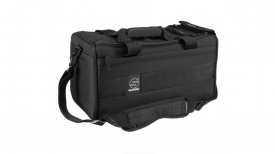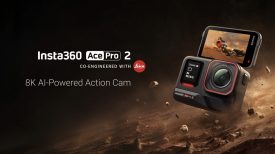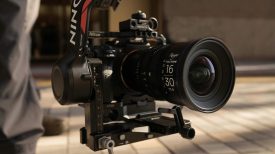The Sony FS5 is a great all-round video camera with a host of user friendly functions and great ergonomics. But how does it fare in low light? The FS5 has the same Super35 sensor as the sister FS7, but has its performance been improved? Can it hold a candle to the famous a7S II ?
Even though the FS5 has the same sensor as the FS7, we’ve seen in the past that Sony have managed to improve the low light performance of their sensors in newer models using clever image processing. The a7S II has the same full-frame sensor as the original a7S, but we still saw improvements at high ISO. So could the FS5 be in with a chance?
Judging from my quick side-by-side test it doesn’t seem so. Of course, this is not really a very fair fight. The a7S II is the undisputed king of low light video (unless you count the Canon ME20F-SH which costs a lot more). The FS5’s smaller S35 sensor puts it at an immediate disadvantage compared the a7S II, which has a full frame one. Noise levels on the a7S II are far better than those on the FS5, especially when you get up above 3200 ISO. This comes as no surprise, but it is interesting to see just how different the two cameras are.
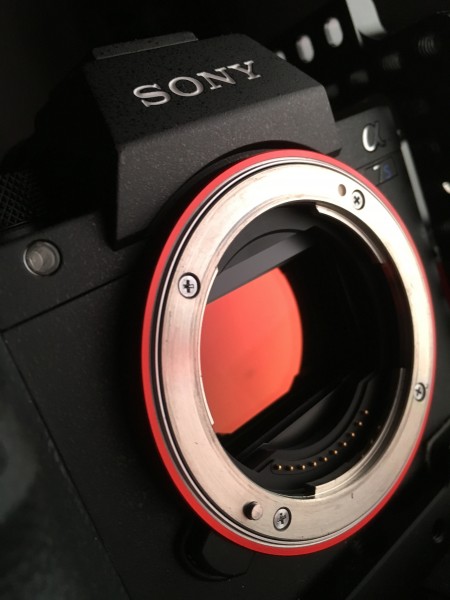
For the test video both cameras were set to record 4K XAVC internally to the SD card at 100Mbps in 8-bit 4:2:0 colour. The white balance was manually set to the same kelvin value on both cameras and matching Sigma 18-35mm f1.8 zoom lenses were used with frame sizes matched by adjusting the zoom (the 18-35mm was set at 35mm on the a7S so that it would cover the full-frame sensor). Matching Rec.709 cine gamma settings were used on both cameras. In theory the setups were as near identical as they could be, although in practice the images looked quite different.
Strangely, it seems that the FS5 is around a stop darker than my a7S II when rated at the same ISO. This may be down to some error in my testing method, but whatever I did it always seemed to give the same result. I did wonder if it could be a Metabones adapter mis-reporting the set aperture on the FS5. At this point I don’t have another way to check this so I’ll have to wait and see if others get the same results. Either way, this doesn’t really effect the overall finding that the noise levels are much better with the a7S II.
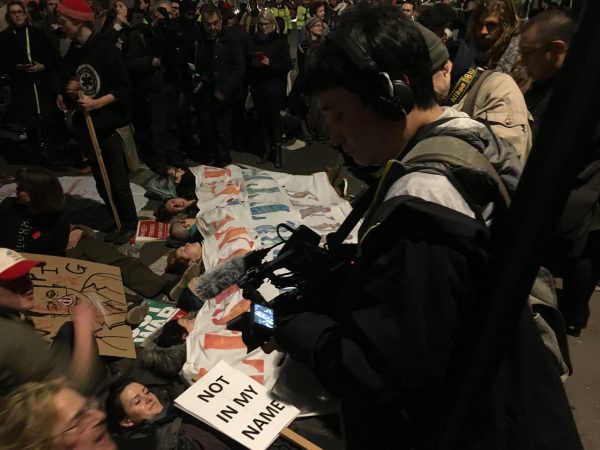
I would shoot up to 25,600 ISO with the a7S II on a news or documentary shoot at a push. The FS5 starts to look noticeably noisy the moment you get over 3200 ISO. You could of course use noise reduction in post processing, but I suspect that most shooters who buy the FS5 probably won’t have the time or energy to do this. In practical terms, that means the best option is simply to keep your ISO below 3200 – which is easy enough to do most of the time if you have fast lenses.
If you really must have the best low light performance then the a7S II is still the way to go. If you want an easy to use, fully featured camcorder-style large sensor camera, then the FS5 is still perfectly usable and is pretty similar in low light to other high end models – just don’t go shooting black cats in coal cellars.



